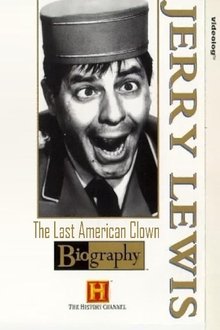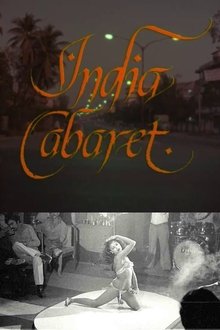A Chippewa prophecy foretells a time called the 7th Fire when lost traditions will be recovered. Native American filmmaker Sandra Sunrising Osawa examines how the Chippewa Indians of Northern Wisconsin have struggled to restore the centuries-old tradition of spearfishing — and the heated opposition they have encountered.
Related Movies
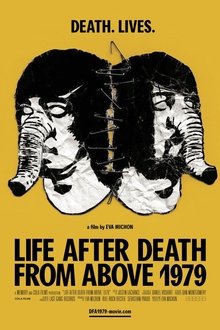
Life After Death from Above 1979 (2014)
A documentary about the history and reformation of Toronto punk band Death from Above 1979.

Genesis (2004)
An African narrator tells the story of earth history, the birth of the universe and evolution of life. Beautiful imagery makes this movie documentary complete.
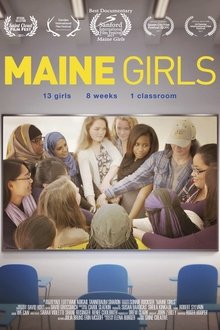
Maine Girls (2017)
With one million immigrants making their home in the U.S. annually, immigrant students are entering American public schools in record numbers. Welcome to South Portland, Maine explores a demographic shift through the lives of young women attending high school in what is considered the whitest state in America - Maine. The film's 14 teen protagonists-from Somalia, the Congo, Vietnam, Jamaica, and southern Maine-are enrolled in a hip hop, health and culture program during the most anti-immigrant period in recent U.S. history. The 2016 presidential race and recent terrorist attacks have fueled an atmosphere of mistrust, fear, and violence against recent immigrants. Viewers will watch as the girls relate to one another's hopes and fears, and manage to build trust as the charged events unfold around them.
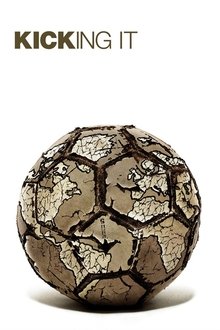
Kicking It (2008)
Kicking It chronicles the lives of seven players taking a once in a lifetime opportunity to represent their country at the Cape Town 2006 Homeless World Cup. Najib from war torn Afghanistan; Alex from the slums of Kenya; Damien and Simon from the drug rehab clinics of Dublin, Ireland; Craig from the streets of Charlotte, North Carolina; Jesus from the overflowing public shelters of Madrid, Spain,

Vierzehn (2013)
Four girls—Laura, Fabienne, Lisa, and Steffi—are in love for the first time, have sex, and become pregnant. At 14 years old, they suddenly have to make life-or-death decisions. Abortion seems like the obvious solution, but the girls decide to live with their children. In the film, we experience firsthand the ups and downs the four girls go through and how they face extraordinary challenges day after day. The film ends in the first months after the babies are born.
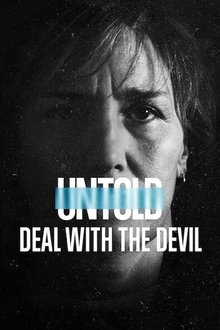
Untold: Deal with the Devil (2021)
Christy Martin broke boundaries and noses as she rose in the boxing world, but her public persona belied personal demons, abuse and a threat on her life.
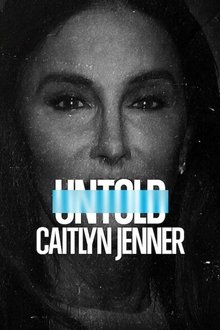
Untold: Caitlyn Jenner (2021)
Caitlyn Jenner's unlikely path to Olympic glory was inspirational. But her more challenging road to embracing her true self proved even more meaningful.
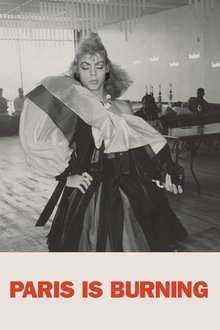
Paris Is Burning (1991)
Where does voguing come from, and what, exactly, is throwing shade? This landmark documentary provides a vibrant snapshot of the 1980s through the eyes of New York City's African American and Latinx Harlem drag-ball scene. Made over seven years, PARIS IS BURNING offers an intimate portrait of rival fashion "houses," from fierce contests for trophies to house mothers offering sustenance in a world rampant with homophobia, transphobia, racism, AIDS, and poverty. Featuring legendary voguers, drag queens, and trans women — including Willi Ninja, Pepper LaBeija, Dorian Corey, and Venus Xtravaganza.
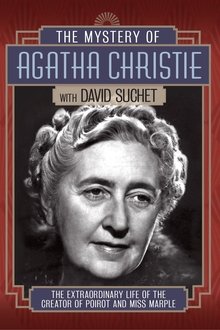
The Mystery of Agatha Christie, With David Suchet (2013)
David Suchet, TV's Poirot, has spent more of his life acting out the plots and dramas created by Agatha Christie than anyone else in the world. Suchet is embarking on a journey to learn more about the woman who created Poirot and whose books remain outsold only by Shakespeare and the Bible. Suchet's journey takes him to the places Christie lived, the landscapes that inspired her and to meetings with people who knew the woman behind the fame and those inspired by her extraordinary legacy. He explores the close links between Christie's extraordinary life and her work and discovers what it was about the woman from a small seaside town that allowed her to become the best-selling murder mystery writer in history.

Being Caribou (2005)
Wildlife biologist Karsten Heuer and his wife, environmentalist Leanne Allison follow a herd of 120,000 caribou on foot across 1500 km of Arctic tundra, hoping to raise awareness of the threats to the caribou's survival. Along this journey, they brave torrid conditions, dangerous wildlife and treacherous terrain all in the hopes of learning the truth about this epic migration.
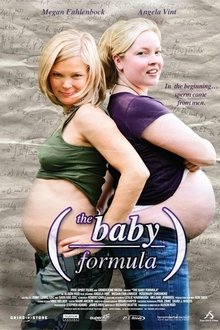
The Baby Formula (2008)
Two adventurous women in love are desperate to have their own biological child. They take a chance on an experimental scientific process and make sperm from their own stem cells. Pregnant with humor and unexpected twists, their journey ultimately confirms that all life is a gift and all families are crazy.

Love Hotel (2014)
Pensioners, lawyers, married couples and teenagers are all customers at the Angel Love Hotel in Osaka Japan. With unprecedented access into one of the most private and anonymous spaces in Japanese society, this film follows the love hotel's struggling manager and staff as the try to keep their hotel running, as well as revealing the intimate and private lives of the customers who visit.

Olympia Part One: Festival of the Nations (1938)
Starting with a long and lyrical overture, evoking the origins of the Olympic Games in ancient Greece, Riefenstahl covers twenty-one athletic events in the first half of this two-part love letter to the human body and spirit, culminating with the marathon, where Jesse Owens became the first track and field athlete to win four gold medals in a single Olympics.
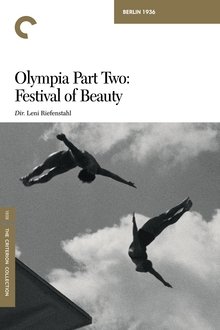
Olympia Part Two: Festival of Beauty (1938)
Part two of Leni Riefenstahl's monumental examination of the 1938 Olympic Games, the cameras leave the main stadium and venture into the many halls and fields deployed for such sports as fencing, polo, cycling, and the modern pentathlon, which was won by American Glenn Morris.
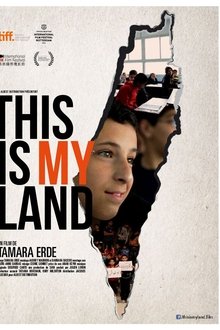
This Is My Land (2014)
Israeli-born director Tamara Erde visits six independently-run Israeli and Palestinian schools to investigate how history is taught in this contested region.

Gently Down the Stream (1981)
GENTLY DOWN THE STREAM is constructed from fourteen dreams taken from eight years' worth of my journals. The text is scratched directly on to the film so that you hear your own voice as you read. The accompanying images of women, water, animals and saints were chosen for their indirect but potent correspondence to the text.

Guerillere Talks (1978)
This experimental short consists of eight unedited rolls of super-8 film, each of which profiles an individual woman in real time. The women engage in everyday behaviour, such as playing pinball or reading a letter aloud.
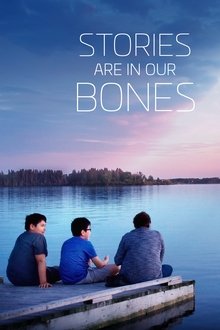
Stories Are in Our Bones (2020)
In this layered short film, filmmaker Janine Windolph takes her young sons fishing with their kokum (grandmother), a residential school survivor who retains a deep knowledge and memory of the land. The act of reconnecting with their homeland is a cultural and familial healing journey for the boys, who are growing up in the city. It’s also a powerful form of resistance for the women.
